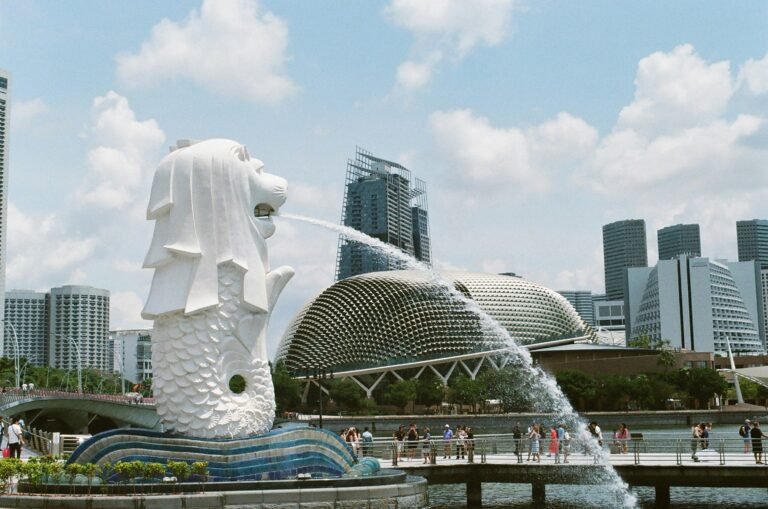With Temperatures Rising- paint can reflect almost 98 per cent of sunlight while emitting 95 per cent of its infrared heat with a 1.2 degrees Celsius decrease when in direct sunlight
Image: Freepix
Since 1980, the average mean temperature in Singapore has risen by about 0.2-0.3 degrees Celsius every decade. Climbing temperatures in the city-state and beyond are increasing demand for energy-intensive air conditioning systems, but relying heavily on these technologies isn’t feasible if countries want to hit their climate targets. Luckily, researchers from Nanyang Technological University (NTU) may have an alternative.
At the same time as they were searching for a sustainable cooling solution, the scientists also sought to tackle another problem: plastic pollution. Mixing together barium sulphate with unsorted plastic waste – including acrylic, used pipes, and polystyrene – the research team was able to create a highly effective cooling paint.

Image: Freepix
During tests, the researchers found that the paint could reflect almost 98 per cent of sunlight while emitting 95 per cent of its infrared heat.
After coating a rooftop in the paint, the team discovered that the coating could dip 1.2 degrees Celsius below the ambient temperature when in direct sunlight, with that figure reaching three degrees at night. Conventional rooftops, by contrast, reach temperatures well above the surrounding air on hot days.
In the next phase of the research, the scientists experimented with using more porous plastics, as this would help to scatter the sun’s rays. This formulation matched ambient temperature during the day and was 2.5 degrees Celsius lower overnight. According to the researchers, their paint outperforms existing, commercially available cooling paints, which often can’t achieve temperatures lower than the surrounding air.
This article first appeared in Springwise. Written By: Matilda Cox
Email: bingfeng@ntu.edu.sg
Website: ntu.edu.sg















